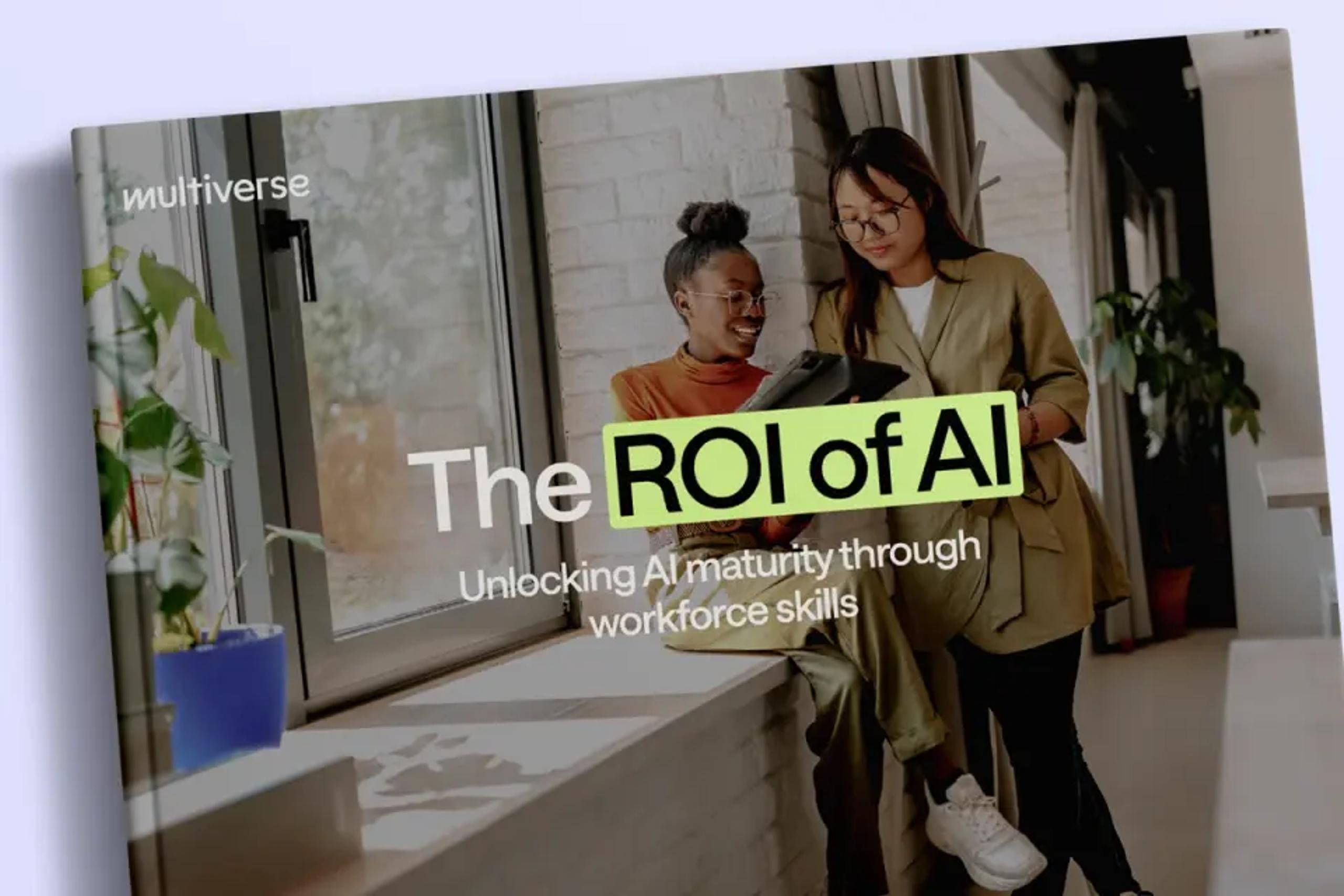Knowing your business has a skills gap is one thing. Finding and fixing it is another.
55% of workers have no Tableau skills. 46% lack the skills to make data-driven decisions. 41% don’t know how to source and clean data. How do we know? Through skills gap analysis.
Our Skills Intelligence Report explores insight from 12,000 workers across 18 industries.
We found that 11% of the working week is lost to employee data skills gaps – in total, that’s 25 productive working days lost, every year.
Skills gaps are a common problem – 87% (opens new window)of leaders believe they have one somewhere in their business. Left unaddressed, skills gaps can lead to issues like poor productivity, slow innovation, or delays to important strategic initiatives.
Perhaps you already suspect skills gaps exist in your business – or feel like they could start appearing soon. Your teams might already feel the strain of missing skills. But, when it comes to identifying the root cause, it’s hard to know where to start.
In this article, including our free skills gap analysis template, we’ll help you to consider your unique skills needs and identify exactly where you need to build capability, so you can create a high impact workforce upskilling strategy – delivering real value to your business and your people.

Common challenges with skills gap analysis
Assessing a skills gap looks different for every business. But there are three main challenges holding teams back from knowing where and what their skills gaps are:
- Difficulty quantifying skills gaps: Teams recognise they have a skills gap, but can’t demonstrate in a data-driven way exactly which skills are missing, and how big the problem is.
- Difficulty scaling skills gap analysis: Teams lack a way to pinpoint skills gaps business-wide, quickly, efficiently and effectively.
- Difficulty tracking employee skills in one place: Leaders lack a central skills inventory, which can be used to make data-led decisions on employee training.
Feel familiar? Our free data and AI skills gap analysis template is a great place to start – from assessing your employees’ place on the skills scale, to building use cases for employee training across your business.
Let’s take a look at what’s inside.
How to conduct a skills gap analysis in 5 steps
There are five steps we recommend in our skills gap analysis template:
1. Understanding your strategic goals and barriers
Every skills strategy should be aligned to business objectives, to drive the biggest impact. Begin by identifying what your business is trying to achieve.
- What are your most important strategic goals? Examples could include: implementing an AI strategy, boosting productivity, or improving employee retention.
- Consider the barriers currently preventing you from achieving these aims. Examples might include low adoption rates for new AI tools, high turnover rates for data specialists, or low employee satisfaction.
2. Gathering perspectives from stakeholders and teams across the business
It’s important to make sure everyone is on the same page when it comes to your skills challenges, so that your skills strategy reflects what the business actually needs. Interviewing leaders and employees from around your organisation can help to build a clearer picture of your skills challenges and opportunities.
3. Identifying the skills needed to solve your challenge
Firstly, consider at a high level how upskilling or reskilling your teams could unlock your goals. Examples: increasing employees’ confidence in using new AI tools; enabling business teams to self-serve data insights, or reducing the load on data specialists.
Next, get specific on which skills your business will need to meet your aims.
4. Assess your employees’ place on the skills scale
Once you know the skills you need, it’s time to see where your employees are today. Ask key team members to assess and rate their own levels of proficiency in different areas and combine this with an assessment to objectively measure their skill.

Example skills assessment table
5. Defining the size of the prize
The final step – define the size of the prize – ties all the others together by ensuring specific metrics are set against strategic goals. Think back to your original strategic goals. What measurable benefits could be unlocked in the next 12-18 months if you succeed? Include specific metrics where possible - this will help you to calculate ROI on your employee training strategy.
Free skills gap analysis template
Understanding your skills gaps can be a time-intensive process, especially for large enterprise workforces.
Our template includes four worksheets to help you identify and map the gaps in your business. There’s also a grid to help you plot out your departments, employees and skills against capabilities and targets.
Using the results of your skills gap analysis
Once you’ve mapped your organisation’s skills gaps, it’s time to start closing them with a targeted employee training strategy. This may include:
- Creating personalised learning plans for each employee to upskill and fill critical skills areas
- Building in continuous learning to stop gaps from reopening in areas where emerging technologies are progressing all the time
- Reviewing progress and measuring success with established checkpoints that connects training to business outcomes






